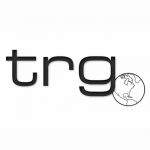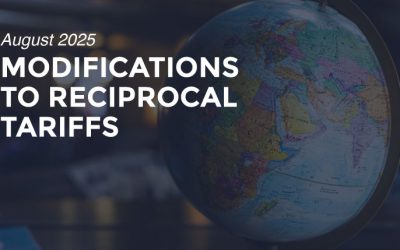2012 was somewhat of a rollercoaster year for global trade. Let’s take a moment to highlight some of the game-changers we’ve saw.
Chinese – Manufactured Solar Panels
U.S. solar panel manufacturers worry that the subsidized Chinese panels are impossible to compete with on the price and that they will lose out on many green energy infrastructure projects across the United States. An investigation into Chinese solar panel production is currently underway.
As of March 20, 2012, crystalline silicon photovoltaic cells (like those used to manufacture solar energy panels you might see atop buildings) produced in China have been considered in a preliminary determination by the U.S. Department of Commerce and International Trade Administration (ITA) to be subject to countervailing duty (CVD).
According to the ITA’s fact sheet on their preliminary findings,
“Subject merchandise may be described at the time of importation as parts for final finished products that are assembled after importation, including, but not limited to, modules, laminates, panels, building-integrated modules, building – integrated panels, or other finished goods kits” (ITA).
Trade relationships are already somewhat stressed between the United States and China, and the preliminary determination in this investigation is not going to smooth things over. The DOC’s final determination is expected by June 4th, 2012 — the International Trade Administration’s final determination will follow on July 19th if the DOC’s ruling is affirmative.
U.S. – Columbia Trade Promotion Agreement
May 2012 marked another shake-up in the U.S. global trade paradigm, as the Department of Commerce rolled out the U.S. – Columbia Trade Promotion Agreement on the 15th. This agreement essentially re-classifies about 80 percent of US-Columbia exports as duty-free and lowers the average duty rate on all U.S. exports to Columbia from 10.8 percent to 4 percent.
Agreements like the recent U.S. – Columbia Trade Promotion Agreement are chipping away at the current U.S. export deficit, which has become an essential economic priority in global trade. Now U.S. manufacturers will be able to export their goods to Columbia, the third-largest economy in South America.
The business sectors that will be most affected by this new agreement are Chemicals, Infrastructure and Machinery, Metals and Ores, and Consumer Goods. All of this information is outlined in more detail in the ITA’s fact sheet regarding the agreement.
Anyone interested in finding out if and when their goods turn duty-free in Columbia can take advantage of the FTA’s Tariff Tool.







![[Webinar] How Could Changes to De Minimis Impact Your Company?](https://traderiskguaranty.com/trgpeak/wp-content/uploads/2025/05/trg-how-de-minimis-impacts-customs-bond-webinar-400x250.png)